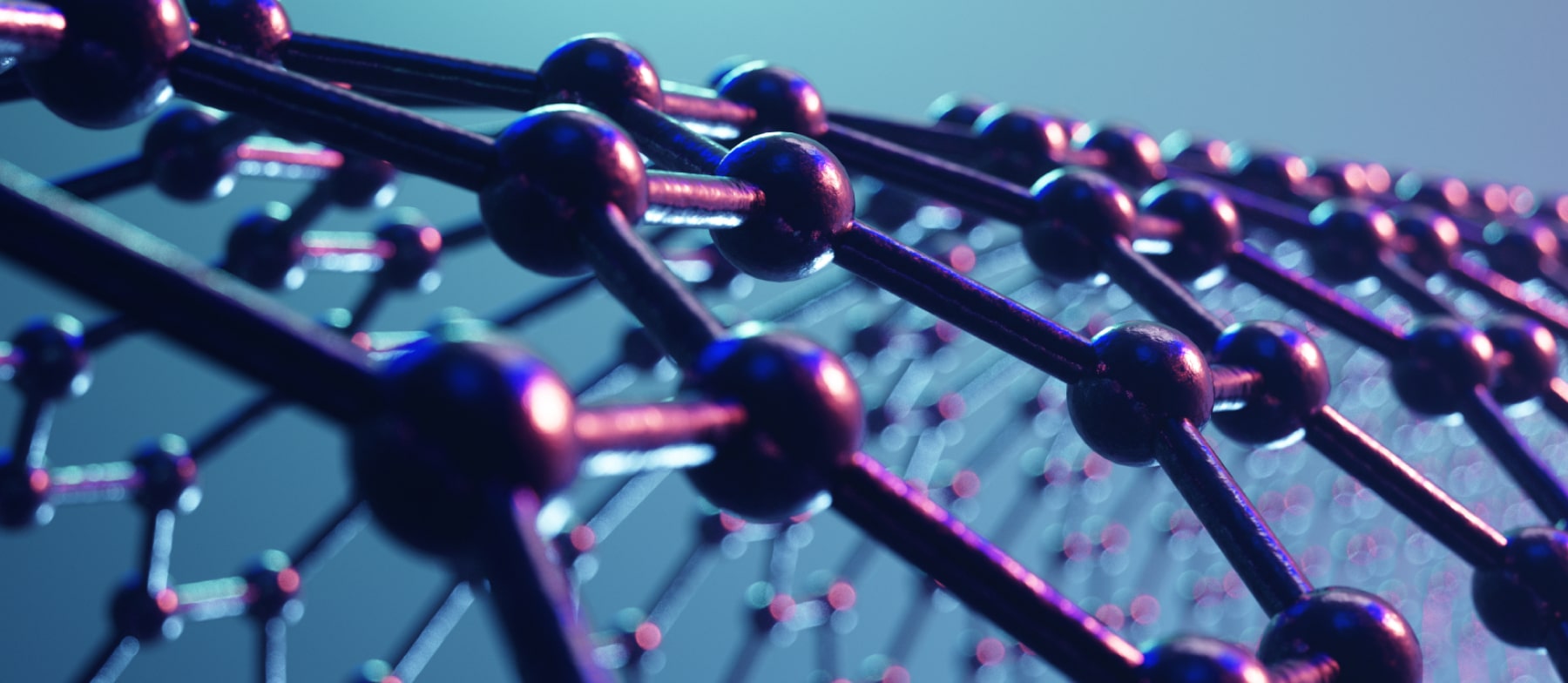Novel Precious-Metal Free Electro-Catalyst for Clean Energy

Hydrogen production from electrochemical water splitting is widely expected to play one of the central roles in developing clean, renewable energy for the future. The currently most efficient catalyst for hydrogen evolution reaction (HER) is platinum (Pt), which is a precious metal with high cost. Discovery of highly active and durable water splitting electrocatalysts comprised of low-cost, earth-abundant materials that can replace Pt is greatly desired. Single atomic layer (1L) molybdenum disulfide (MoS2), an earth-abundant material, has the potential to replace Pt. However, experimental results on HER activity of 1L MoS2 are much lower than expected due to un-optimized electrode contacts, active sites, and electrolytes.
To address these issues to realize the full potential of 1L MoS2 for HER, we successfully synthesized large-sized, high-quality, 1L MoS2 crystals with tunable active sites, and developed a well-defined platform that allows us to investigate the complex interplays between intrinsic properties of 1L MoS2 with the HER system. Specifically, we examined the synergistic combination of a variety of key features: a) the electrode material, b) concentration of active sites in 1L MoS2, c) concentration of H-coverage at the active sites, d) type of electrolyte and e) concentration and the type of molecular mediators in the electrolyte. We established a system with optimized key features, with the performance approaching that of Pt.
Our results not only provide new insights in understanding the HER activity of 1L MoS2 but also demonstrate complex entanglements between active materials and HER system characteristics that suggest optimization as a path for discovering precious metal-free catalysts for efficient hydrogen production as clean, renewable energy.
